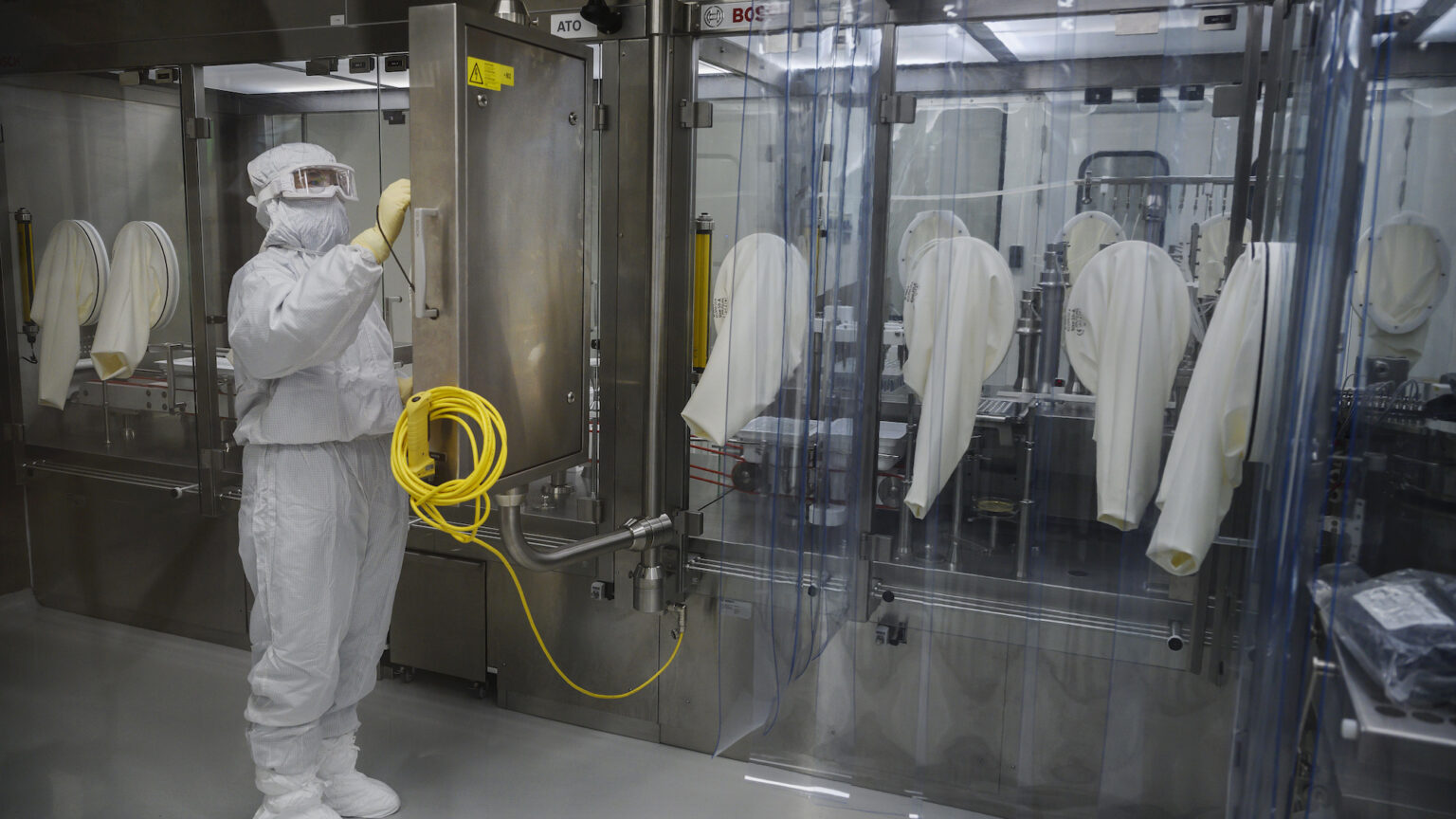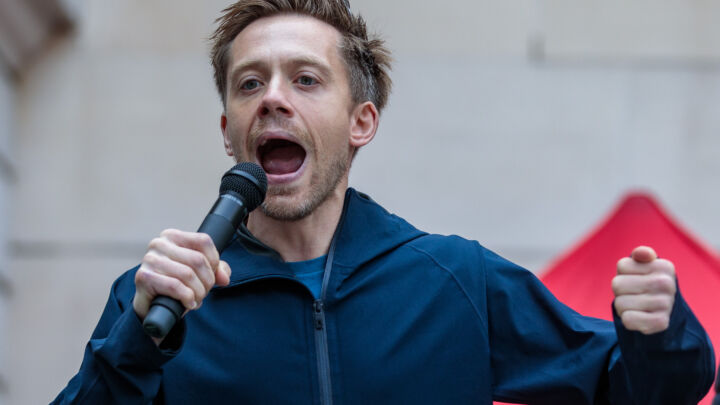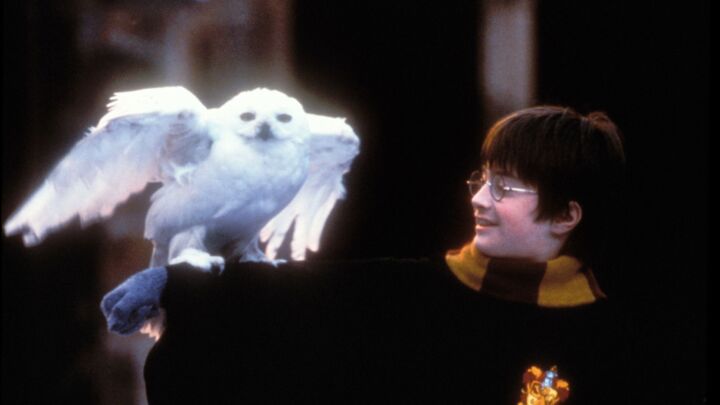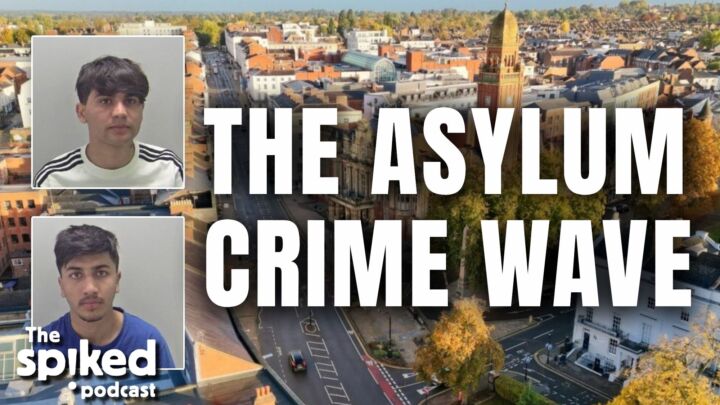Why did scientists suppress the lab-leak theory?
In private, they said it was plausible. In public, they called it a conspiracy theory.

Want unlimited, ad-free access? Become a spiked supporter.
In August 2007 there was an outbreak of foot-and-mouth virus on a farm in Surrey. It was a few miles from the world’s leading reference laboratory for identifying outbreaks of foot and mouth. Nobody thought this was a coincidence and sure enough a leaking pipe at the laboratory was soon found to be the source: a drainage contractor had worked at the lab and then at the farm.
In December 2019 there was an outbreak in China of a novel bat-borne SARS-like coronavirus a few miles from the world’s leading laboratory for collecting, studying and manipulating novel bat-borne SARS-like coronaviruses. We were assured by leading scientists in China, the US and the UK that this really was a coincidence, even when the nine closest relatives of the new virus turned up in the freezer of the laboratory in question, at the Wuhan Institute of Virology.
Now we know what those leading scientists really thought. Emails exchanged between them after a conference call on 1 February 2020, and only now forced into the public domain by Republicans in the US Congress, show that they not only thought the virus might have leaked from a lab, but they also went much further in private. They thought the genome sequence of the new virus showed a strong likelihood of having been deliberately manipulated or accidentally mutated in the lab. Yet later they drafted an article for a scientific journal arguing that the suggestion not just of a manipulated virus, but even of an accidental spill, could be confidently dismissed and was a crackpot conspiracy theory.
Jeremy Farrar – who organised the call on 1 February with Patrick Vallance, Francis Collins, Anthony Fauci and a Who’s Who of virology – had already spilled a few of the beans in his book, Spike, published last year. He wrote that at the start of February 2020 he thought there was a 50 per cent chance the virus was engineered, while Kristian Andersen of the Scripps Research Institute was at 60-70 per cent and Eddie Holmes of Sydney University put it at 80 per cent. But some time after the call they all changed their mind. Why? They have never troubled us with an answer.
Now, however, we have an email from Farrar, sent on Sunday 2 February to Francis Collins, head of the National Institutes of Health, and Anthony Fauci, head of the National Institute of Allergy and Infectious Diseases. It recounts the overnight thoughts of two other virologists Farrar had consulted, Robert Garry of Tulane University and Michael Farzan of the Scripps Research Institute, as well as Farrar’s own thoughts. Even after the call, their concern centred on a feature of the SARS-CoV-2 genome that had never been seen in any other SARS-like coronavirus before: the insertion (compared with the closest related virus in bats) of a 12-letter genetic sequence that creates a thing called a furin cleavage site, which makes the virus much more infectious.
Farzan, said Farrar, ‘has a hard time to explain that outside the lab’ and Garry ‘can’t think of a plausible natural scenario… can’t figure out how this gets accomplished in nature’. Farrar himself thought, on that Sunday, that ‘a likely explanation could be something as simple as passage [of] SARS-like CoVs in tissue culture on human cell lines (under BSL-2) for an extended period of time, accidentally creating a virus that would be primed for rapid transmission between humans via gain of furin site (from tissue culture) and adaption to human ACE2 receptor via repeated passage’. Translated: repeatedly growing a virus in human cells in a lab will alter its genome through natural selection so it adapts to human hosts.
These are the very suspicions raised in April 2020 in a careful essay by Russian-Canadian biotech entrepreneur Yuri Deigin, which was dismissed at the time by Garry and the others as nonsense. In a very different line from the one they expressed in private, they argued, in the influential paper that Andersen, Garry and Holmes co-authored with two other virologists, that furin-cleavage-site insertions could arise naturally and one would soon be found in a virus in a wild bat.
Two years later, no such natural furin-cleavage-site insertion has yet turned up in the many wild SARS-like viruses found since then. But what has turned up is a grant proposal put to the US’s Defense Advanced Research Projects Agency (DARPA) in 2018 to fund experiments that would deliberately insert novel furin cleavage sites into novel SARS-like coronaviruses to help them grow in the lab. And who was party to that proposal? Why, the Wuhan Institute of Virology. Indeed, it had already done a similar experiment with the spike protein of a MERS-like virus a few years before. It’s not quite a smoking gun, because the proposal was turned down, but it’s an open secret in science that you sometimes put things into grant proposals that you have already started doing, and the Chinese Academy of Sciences was funding most of the work in the Wuhan Institute of Virology anyway.
The emails unveiled this week reveal no good scientific reason at all for why these leading virologists changed their minds and became deniers rather than believers in even the remote possibility of a lab leak, all in just a few days in February 2020. No new data, no new arguments. But they do very clearly reveal a blatant political reason for the volte-face. Speculating about a lab leak, said Ron Fouchier, a Dutch researcher, might ‘do unnecessary harm to science in general and science in China in particular’. Francis Collins was pithier, worrying about ‘doing great potential harm to science and international harmony’. Contradicting Donald Trump, protecting science’s reputation at all costs and keeping in with those who dole out large grants are pretty strong incentives to change one’s mind.
In August 2020 Kristian Andersen and Robert Garry were among the lead investigators to receive $8.9million to study emerging infectious diseases, in a grant from Anthony Fauci’s National Institute of Allergy and Infectious Diseases, part of Francis Collins’s National Institutes of Health.
Matt Ridley is co-author of Viral: The Search for the Origin of Covid-19, with Alina Chan.
Picture by: Getty.
You’ve read 3 free articles this month.
Support spiked and get unlimited access.
Help us hit our 1% target
spiked is funded by readers like you. It’s your generosity that keeps us fearless and independent.
Only 0.1% of our regular readers currently support spiked. If just 1% gave, we could grow our team – and step up the fight for free speech and democracy right when it matters most.
Join today from £5/month (£50/year) and get unlimited, ad-free access, bonus content, exclusive events and more – all while helping to keep spiked saying the unsayable.
Monthly support makes the biggest difference. Thank you.









Comments
Want to join the conversation?
Only spiked supporters and patrons, who donate regularly to us, can comment on our articles.